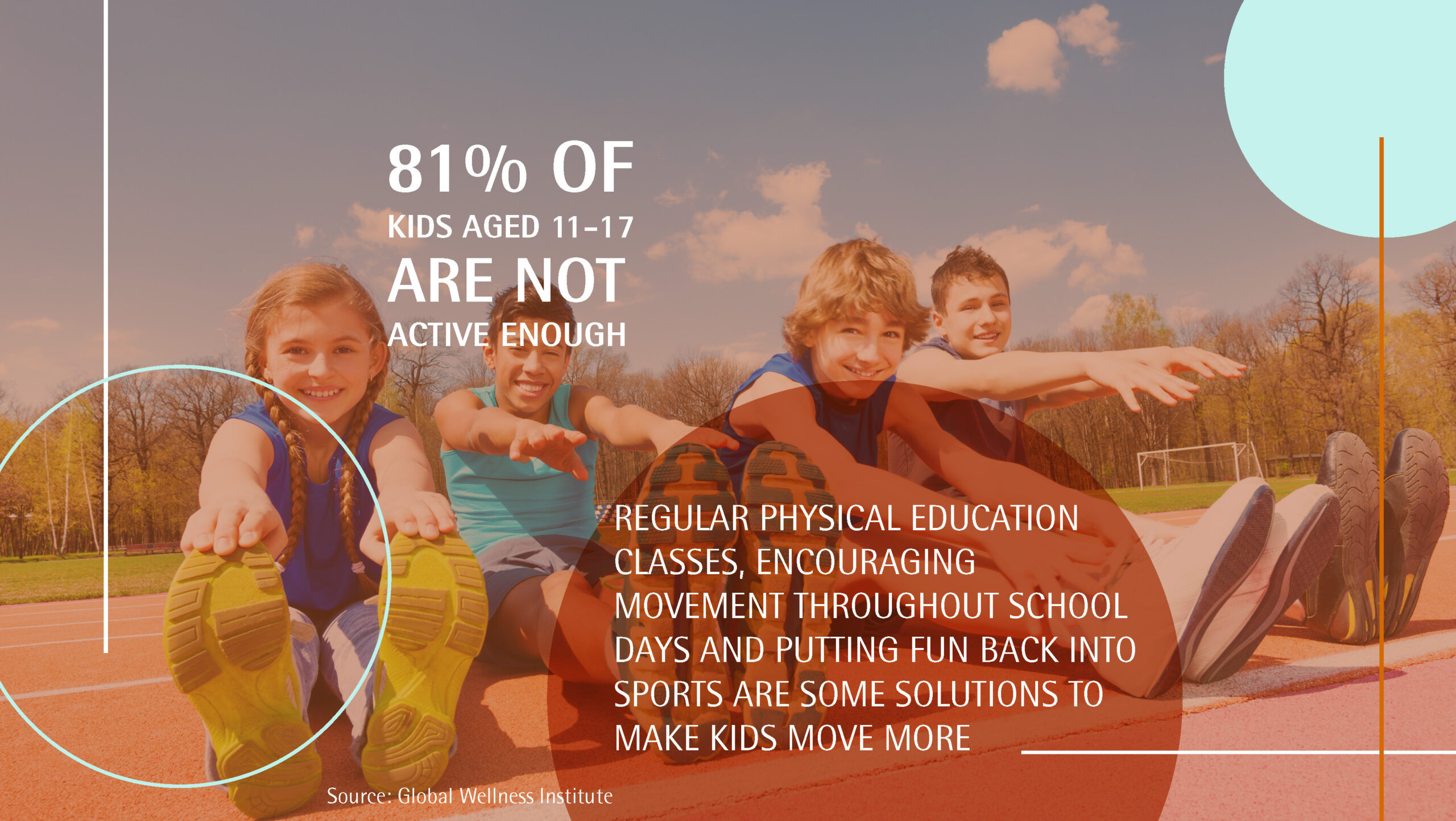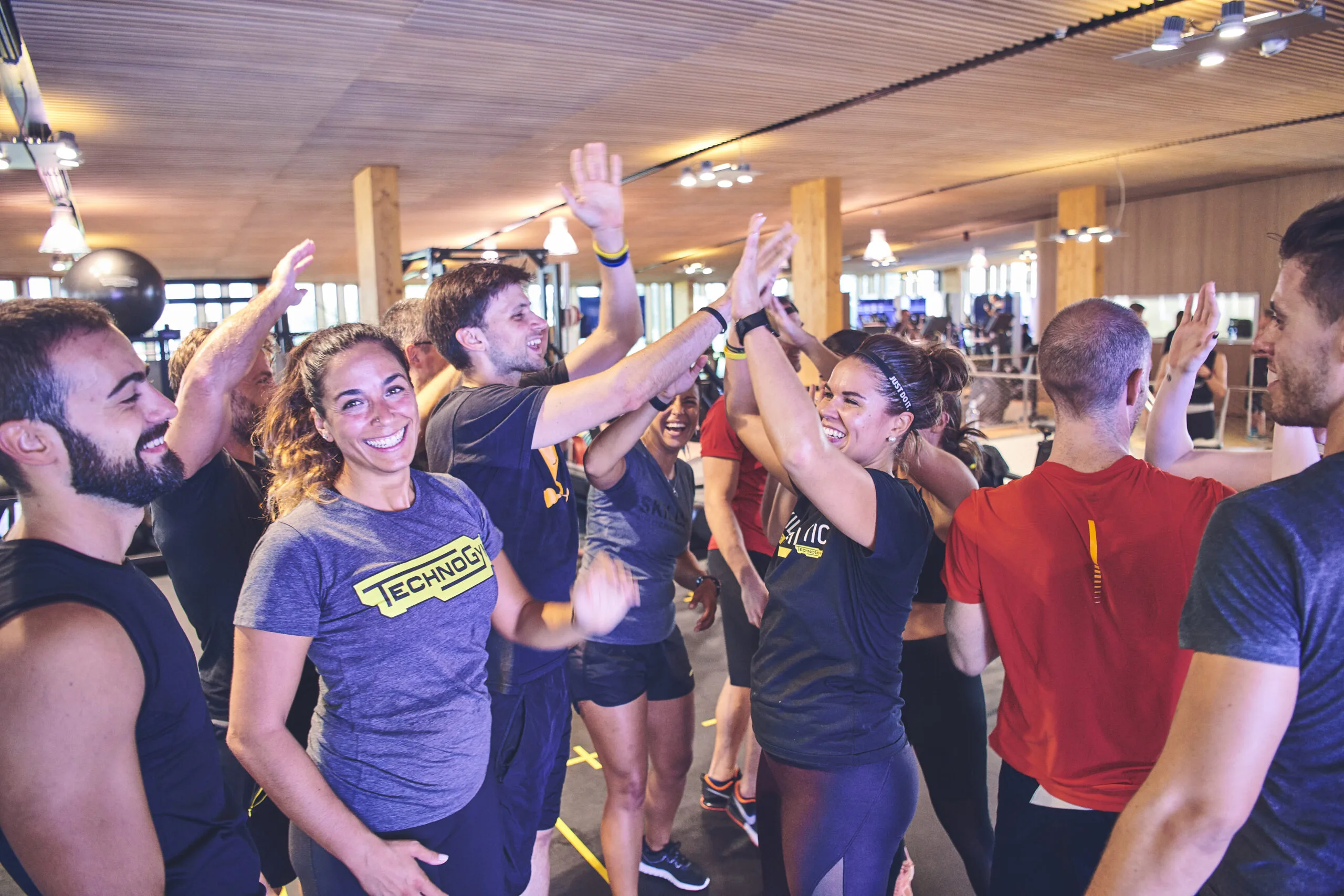
Physical inactivity for kids is out of control
6 September 2023
The World Health Organization has revealed concerning data: 81% of 11 to 17-year-olds are not physically active, with girls being more affected (85% inactive, compared to 78% of boys). These trends are worrying as inactivity harms both the physical and mental development of adolescents and often leads to inactive adulthood, increasing the risk of chronic diseases and poor mental health.
The GWI’s Wellness Policy Toolkit: Physical Activity offers guidance for policymakers on promoting physical activity, particularly among children and teenagers. This includes ensuring sufficient time for physical education and recess while creating more opportunities for movement throughout the day. Promising initiatives like The Daily Mile, a 15-minute daily jogging break, and the “walking school bus” program are highlighted. Moreover, it emphasizes the importance of making youth sports more inclusive and less competitive to engage more children.
To tackle Physical Inactivity in Youth, and ensure that all kids have opportunities to participate in physical activity through sports and game, the Wellness Policy toolkit suggests to:
- Ensure that all children receive physical education (PE) classes regularly in school: school PE classes are vital for teaching kids physical skills, promoting lifelong fitness habits, and improving mental wellness, social development, and academic performance. Given limited access to private sports clubs, investing in public education’s PE programs can greatly enhance youth physical activity and lifelong health habits.
- Encourage movement throughout the school day: school-based physical education classes worldwide allocate only 97-99 minutes per week to PE on average, well below the WHO’s recommended 60 minutes daily activity. To address this, some schools are integrating movement and play into the classroom, making it accessible even with limited resources. In worldwide initiatives such as “the active School” initiative (USA), Finnish School on the Move (Finland), “The daily mile” (UK), teachers encourage classroom movement and include activity-based lessons and breaks, and students are encouraged to move and be active at school and on their way to school.
- Put the “play” back into youth sports: in wealthier areas, like Europe and North America, youth sports tend to be formal, expensive, and competitive through clubs and leagues. Yet, the intense, specialized, and privatized approach in some places, especially the U.S., isn’t the best for keeping many kids active. Research shows that free, unstructured play, rather than organized sports, can boost physical activity levels, as kids spend less time waiting to participate.







